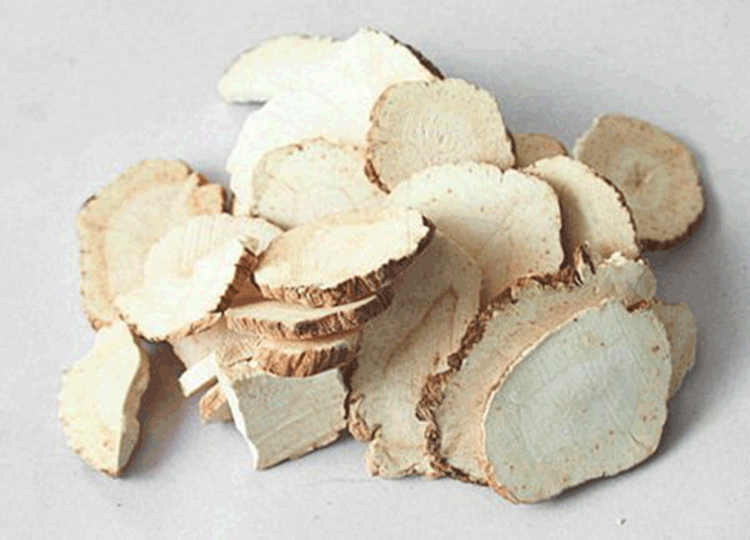 angelica dahurica health benefits
angelica dahurica health benefitsThe root of the angelica or dahurica Bai Zhi is used in Chinese medicine since ancient times, it was and still is, used for medicinal purposes for its analgesic and analgesic properties. The angelica dahurica (bai zhi) for action to relieve the pain of headaches and tooth cravings. The angelica dahurica (bai zhi) is used in treatment of nasal congestion with rhinitis. This root is a diuretic and carminative.
Common Names: Angelica dahurica.
Latin name: Angelicae dahuricae.
Family: Family Apiaceae or ombelifères (apiaceae).
Chinese name: Bai Zhi.
Angelica dahurica therapeutic and medicinal properties: In the land of the rising sun (China), the root of the angelica dahurica (Bai Zhi) is used for its medicinal abilities as analgesics and carminative, diuretic and anti-inflammatory, analgesic and antibacterial , diaphoretic and stimulating.
This root is the treatment of headaches and pain eye, tooth cravings, swollen gums, and boils, it is the policy to mitigate the pain. Through its various properties it is used in nasal congestion with rhinitis and colds, and skin diseases.
Principal components: The root of the angelica dahurica consists of furanocoumarins and angelicotoxin, essential oils, resins and trace elements.
Angelica dahurica traditional virtues use: Use in Chinese medicine to the root of the angelica dahurica or better known by the Chinese name Bai Zhi back to Antiquity (400 BC), is an army therapist who recommended to purge the body of negative influences (heat, dampness, drought and cold) and to combat the adverse effects from the outside (against viruses and bacteria). This root influences the lungs and stomach and it is hot and pungent flavor.
Origin: dahurica angelica is a perennial and aromatic herb of the family Apiaceae or Umbelliferae which almost reaches two meters in height. It has a brown color and cylindrical root five centimeter thick, its stem is almost purplish green, ribbed and hollow, with large hermaphroditic flowers and white colors, they appear from July to September. The root is very aromatic and leaves.
This grass is native to Asia, China and Japan, Korea and Russia, the crop is harvested twice a year during the summer and autumn, when the leaves turn yellow, the root is then cleaned and dry and only after it is moistened to cut it into pieces.
Angelica dahurica: side effects precautions against-indications:
Adverse effects have been reported on dahurica angelica, it can bring some skin sensitivity to the sun and cause dermatitis, plus it was reported an increase in respiration rate, blood pressure, salivary output and vomiting, and in large quantities it can cause seizures and paralysis.
It is totally not recommended during pregnancy.
Angelica dahurica health benefits
Analgesic, carminative, diuretic, anti-inflammatory, analgesic, antibacterial, diaphoretic, stimulant, headache, eye pain, toothache, swollen gums, boils, reduce pain, nasal congestion, rhinitis, colds, skin diseases .
Angelica dahurica: Dosage, dosage
No official information to date, if you have an indication of dosage you use or know, let down in the comments.
Miscellaneous: In the land of the rising sun stems of this plant are used in food, the seeds are used for seasoning and flavor to liqueurs. This plant is used as a decorative element and as an ingredient in cosmetics.
Angelica dahurica health benefits image source:http://sucai.knowsky.com/24291.html
Improve your health with traditional natural treatment -B Smart Method of AB Smart Health







